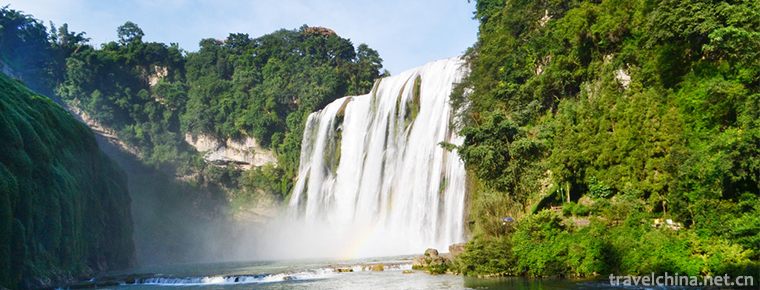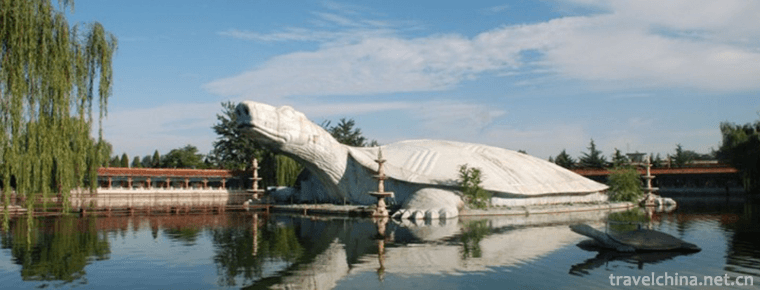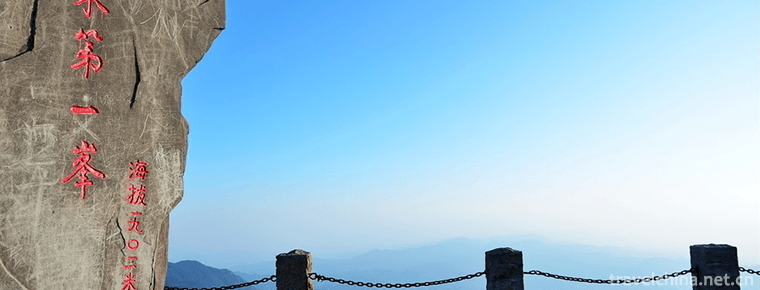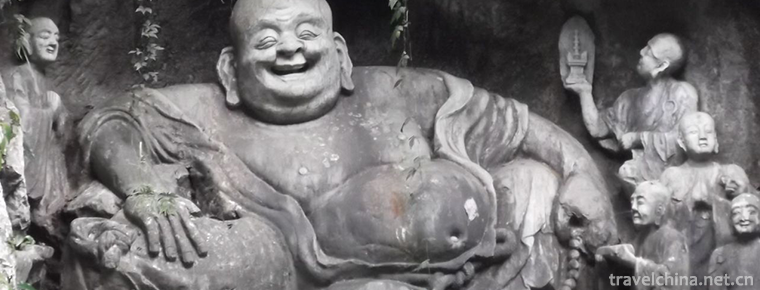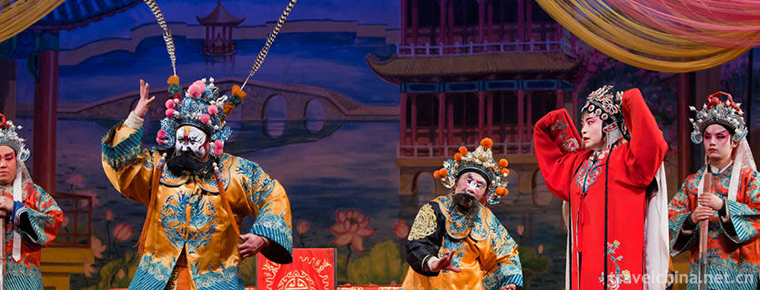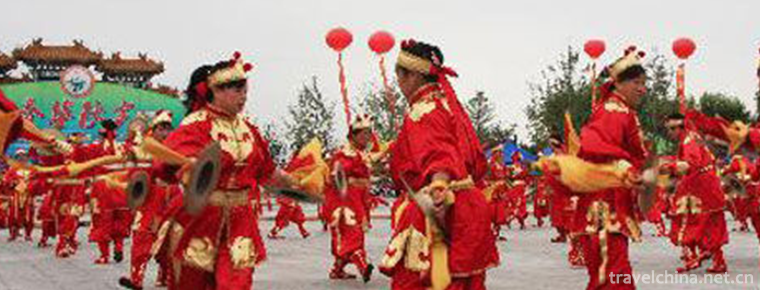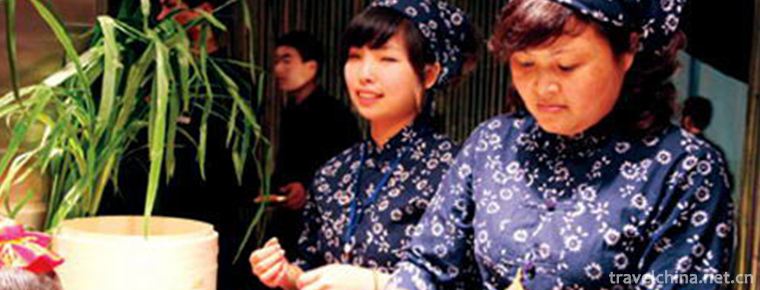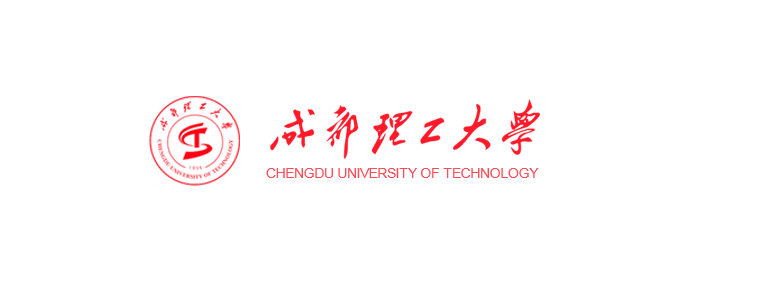the Capital Cities and Tombs of the Ancient Gaogouli Kingdom
the Capital Cities and Tombs of the Ancient Gaogouli Kingdom
Gaogouli is located in Ji'an City, Jilin Province. It includes domestic cities, Wandu Mountain City, 14 Royal mausoleums and 26 noble tombs. Domestic city and Wandu Mountain City (the first name of Lieutenant Nayancheng) are the capital cities of Gaogouli in the early and middle period (1-5th century A.D.).
Its characteristic is that the plain city and the mountain city depend on each other and are all capitals. The Koguryo monument in Ji'an City is a relic of the Koguryo Dynasty. In the plain around Ji'an, there are more than 10,000 ancient tombs of the Koguryo era, which are known at home and abroad as "Donggou Ancient Tombs Group".
brief introduction
Gaogouli (37 B.C. - 668 A.D.) was an important frontier ethnic group in Northeast China from the Western Han Dynasty to the Sui and Tang Dynasties. During the Zhou and Qin Dynasties, the ancestors of Gaogouli lived in the northeast of China. In 37 B.C., Zhu Meng, a Fuyu people, established political power in the area under the jurisdiction of Gaogouli County in Xuanqu County. During the golden age of Koguryo, its sphere of influence included southeastern Jilin, east of Liaohe River and Northern Korean Peninsula. In 668 AD, Koguryo was destroyed by the Tang Dynasty and Sinura in the southeastern part of the Korean Peninsula. It lasted 705 years in history.
Located in Ji'an City, Jilin Province, the tombs and murals of Koguryo kings, mausoleums and nobles are classics of brilliant civilization created by Koguryo, which has been obliterated by the long history.
Historical capital
The King City of Koguryo is a capital city, consisting of both the plain city and the mountain city, including the domestic city and the Wandu mountain city (the original name of Lieutenant Nayancheng). This is the capital of Koguryo in the early and middle period (A.D. 1-5 centuries), and it is also the capital that the Koguryo regime continued to use for the longest time.
7,000 Koguryo-era tombs are located in the Donggou Plain surrounded by mountains outside the King's City of Koguryo. Many beautiful murals with smooth lines, rich contents and legendary and mythical colors in the tombs are the characteristics of these ancient tombs. Although they have been more than a thousand years ago, they are still bright in color. Fourteen large Koguryo mausoleums and a large number of Royal noble Mural Tombs represented by General's Tomb and Taiwang Tomb in Donggou Group reflect the historical process of Koguryo from different aspects, and are also valuable cultural and artistic treasures left by Koguryo to mankind.
General grave
Among them, the general's tomb on the cliff at the foot of Longshan, 4 kilometers northeast of Ji'an City, is considered as the mausoleum of the twentieth generation King Longevity. It is similar to the tomb of the ancient Egyptian Pharaoh and is known as the "Oriental Pyramid". General's tomb is 31 meters long and 12 meters high. The tomb body is square and conical. There are seven steps. The tomb body is magnificent and its shape is bright and solemn. It epitomizes the height of Gaogouli's architectural skills and artistic achievements.
Tai King Mausoleum
The tomb path of the general's tomb faces the Taiwang Tomb not far away. On the east side of the tomb stands the King Jiaotai Monument, known as "the first monument in the East", which was built by the Longevity King in memory of the 19th Dynasty King Yongle. The stele is made of a huge square pillar stone, more than 6 meters high, with a total of 1775 inscriptions on all sides. Its font is between official script and regular script. Gaogouli is the longest written material preserved so far.
regime
The Koguryo regime began in 37 B.C. and ended in 668 A.D. and was once the most influential national regime in Northeast China. It has played an important role in the historical development of Northeast Asia. The Koguryo regime began in Huanren County, Liaoning Province, and moved its capital to the domestic city (Ji'an, Jilin Province today) in the third year of A.D. and then to Pyongyang in 427. Huan Ren and Ji'an are the political, cultural and economic centers of Gaogouli regime in the early and middle period. They totaled 465 years and are the most concentrated areas of Gaogouli's cultural heritage.
Honor
World Heritage List
The World Heritage Committee commissioned the International Council of Monuments and Sites to evaluate the Koguryo Project and concluded that the Koguryo Project met five of the six criteria for inclusion in the World Heritage List. Including: it embodies the masterpiece of human creation and wisdom; as the capital and tomb built in the early history, it reflects the influence of the Han nationality on the culture of other nationalities and the unique mural art; it also reflects the disappeared Koguryo civilization; the capital built by the Koguryo Dynasty using stone, clay and other materials has an impact on the later; it shows the creation of human beings; Perfect combination with nature.
China's "Koguryo Royal City, Mausoleum and Aristocratic Tombs" listed in the World Heritage List include 3 Royal City, 14 Royal Mausoleums and 26 Aristocratic Tombs, which are located in Ji'an City of Jilin Province and Huanren County of Liaoning Province.
Wunu Mountain City: The Early Gaogouli Mountain City in Huanren County, Liaoning Province
Wandu Mountain City: The Pre-Gaogouli Mountain City in Ji'an City, Jilin Province
Domestic City: Pingcheng in the Early Stage of Gaogouli in Ji'an City, Jilin Province
Wang Mausoleum: Maxian 0626 Tomb, Qianqiu Tomb, Xida Tomb, Maxian 2100 Tomb, Maxian 2378 Tomb, Qixing Mountain 0211 Tomb, Qixing Mountain 0871 Tomb, Taiwang Tomb and Haotai King Stele, Linjiang Tomb, Yushan Tomb 2100, Yushan Tomb, General Tomb and No. 1 accompanying tomb.
Aristocrat tombs: corner tombs, dance tombs, manger tombs, trough tombs, King-type tombs, ring-pattern tombs, Ranmou tombs, Wang-type tombs, ring-pattern tombs, Ranmou tombs, lotus flower tombs, Changchuan 2 tombs, Changchuan 2 tombs, Changchuan 4 tombs, Changchuan 1 tomtombs, Yushan 3319 tomtombs, five-helmet tomtomtomtomtomtoms No. 1, five-helmet tomtomtomb No. 1, five-helmet tomtomb No. 2, five-helmet tomb No. 5 tomtomtomtombs, five-helmet tomtombs No. 5, four-god tombs, Yushan 2112 tomb, Yushan tomb, four-four-helmet tomb, four-tomb, four-helmet tomTomb 3, Helmeted Tomb Four Helmets Tomb No. 4, Brother Tomb, Brother Tomb, Folded Tianjing Tomb, Turtle-shell Tomb.
Login process
North Korea began to apply for the World Heritage List in 2000. It was not successful in preparing to be included in the World Heritage List at the 27th Paris Conference of the World Heritage Committee held in 2003. China has applied since 2003. At the 28th Session of the World Heritage Committee, held in Suzhou in 2004, Capital Cities and Tombs of the Ancient Gaogouli Kingdom in Northeast China and Complex of Gaogouli Tombs in North Korea were listed on the World Heritage List as two independent world cultural heritages.
Login standard
Registered because it meets the following criteria for assessing World Cultural Heritage: represents a unique artistic achievement, a creative masterpiece of genius; can have a great impact on the development of architectural art, monument art, urban planning or landscape design in a certain period of time or in a certain cultural area of the world; (iii) can provide a unique culture or tradition that has disappeared. It is at least a special witness; (iv) an outstanding example of a certain architectural style in the development of human history; (v) an outstanding example of traditional human habitation or use, representing one (or several) cultures, especially vulnerable to irreversible changes.

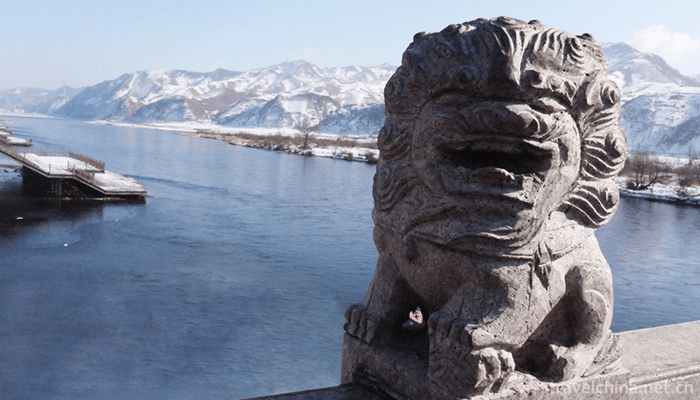
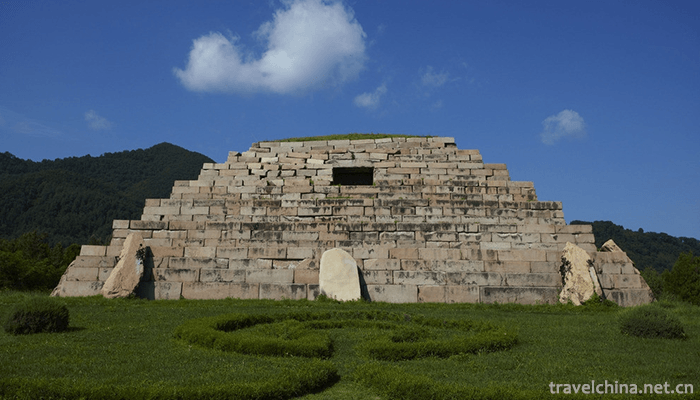
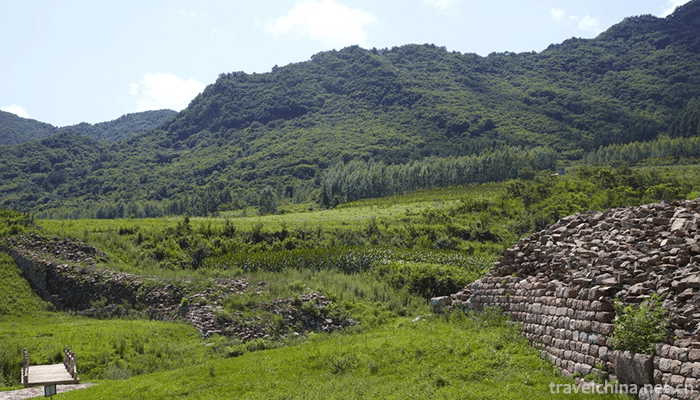
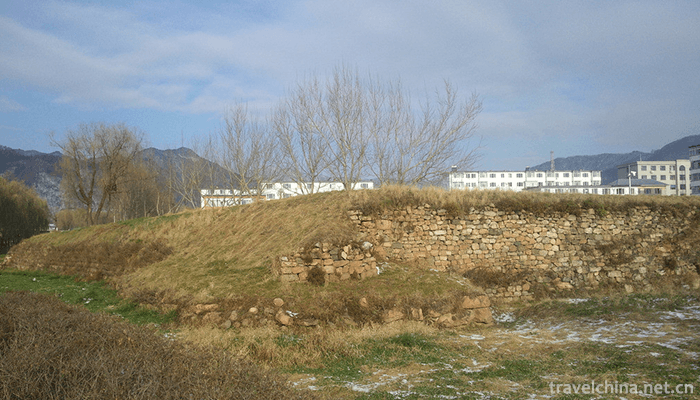
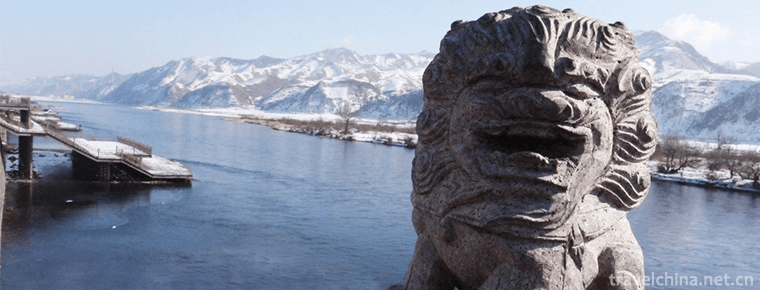
the Capital Cities and Tombs of the Ancient Gaogouli Kingdom
-
Huangguoshu Waterfalls Scenic Area
Huangguoshu Scenic Spot is a key national scenic spot, located in southwest Guizhou Province, 128 kilometers away from Guiyang City, the capital of Guizhou Province
Views: 218 Time 2018-12-12 -
Maiji Mountain Scenic Spot
Maiji Mountain, located in Maiji District of Tianshui City, Gansu Province, is a lone peak of Xiaolongshan, 142 meters high, named for its resemblance to wheat stacks
Views: 157 Time 2018-12-12 -
Oriental Giant Turtle Garden
Located on the East Bank of Yehe River in Pingshan County, Hebei Province, the Oriental Giant Turtle Garden is near Xibaipo, a sacred revolutionary site, 35 kilometers east of Shijiazhuang
Views: 125 Time 2018-12-20 -
Guangdong First Peak Tourist Scenic Spot
Guangdong First Peak Tourist Scenic Area is the largest oasis on the Tropic of Cancer. It has a large area of primitive forests, stable forest ecosystem, dense evergreen broad-leaved forests
Views: 145 Time 2019-01-13 -
The Legend of the Cloth Bag Monk
From the end of Tang Dynasty to the Five Dynasties, the monk of Fenghua, Ningbo City, Zhejiang Province, named Tingzi, was an eminent monk of Hou Liang in the Five Dynasties
Views: 424 Time 2019-04-04 -
Haicheng Hornplay
Haicheng trumpet opera, the local traditional drama of Anshan City, Liaoning Province, is one of the national intangible cultural heritage.
Views: 363 Time 2019-05-02 -
Shangdang Laozi
Shangdang Laozi is one of Shanxi local operas. It is a kind of opera popular in southeastern Shanxi. Shangdang Laozi is a tributary of Wu'an Laozi in Hebei Province. During the Daoguang period of the
Views: 394 Time 2019-06-13 -
Prince Wuwuwu quarrel
Prince Wujiaozi is one of the unique traditional folk dances in Beijing. It integrates entertainment, fitness and performance. Wujiaozi has a strong style, rough style, relaxation and generosity. Part
Views: 163 Time 2019-06-18 -
Production Techniques of Wufangzhai Zongzi
The traditional production techniques of Wufangzhai zongzi are mainly divided into 36 processes, such as material selection, rice dipping, leaf boiling, stuffing, shelling, wrapping, thread binding an
Views: 238 Time 2019-06-29 -
Chengdu University of Technology
Chengdu University of Technology was founded on March 15, 1956 and approved by the State Council. On March 27, the Ministry of Higher Education and the Ministry of Geology jointly issued a paper based
Views: 149 Time 2019-08-31 -
Guangyuan natural resources
There are more than 4700 water conservancy projects in Guangyuan City, including 6 medium-sized reservoirs and 558 small reservoirs. There are 1.583 million mu of water area, 6.867 billion cubic meters of water resources and 1 billion cubic meters
Views: 346 Time 2020-12-15 -
Animal resources in Nanchong
There are many animals in the subtropical farmland of Nanchong, and the number of other types of animals is less. Hundreds of wild animal resources are still preserved in the city. Among the rare animals, there are two kinds of national first class protected species
Views: 156 Time 2020-12-17
